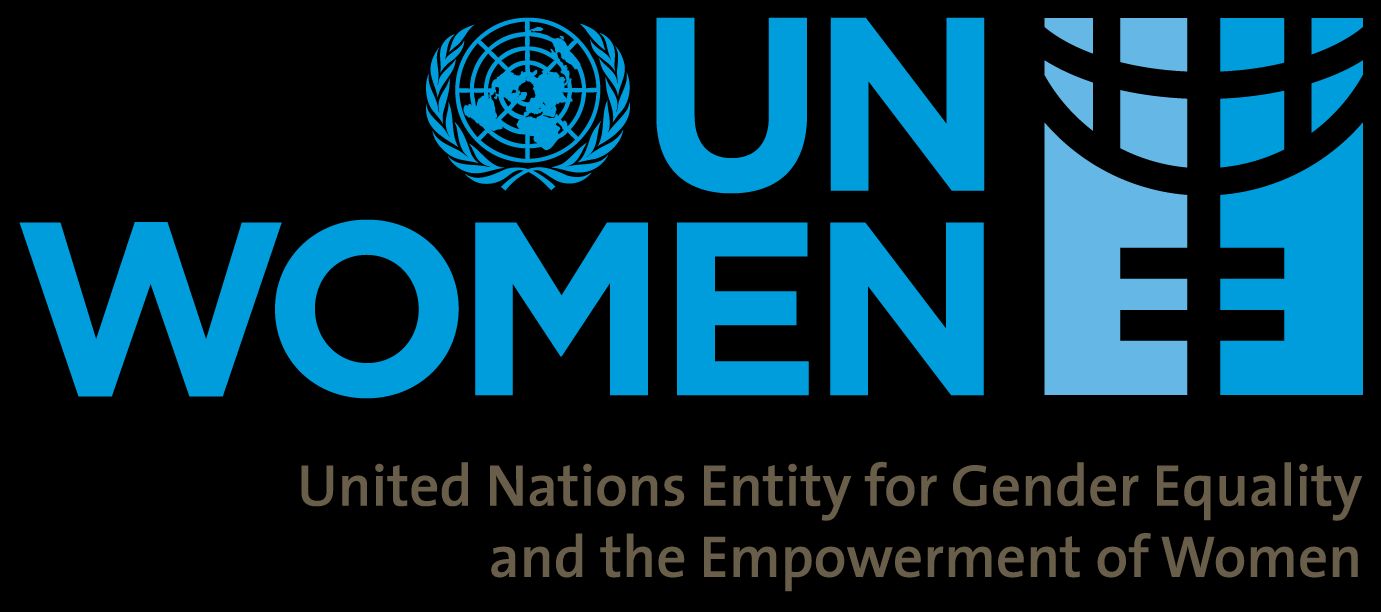By Bilkisu Ado Zango
The UN Under-Secretary-General and UN Women Executive Director Phumzile Mlambo-Ngcuka in a wakeup call to media houses and newsrooms said, “The media have the potential to be an enabler of faster, more substantive gender equality and women’s empowerment, or a barrier to it”.
She said the ways in which women are depicted in the media have a profound effect on societal attitudes and reinforce traditional gender roles adding that, women and girls are half of humanity if given equal time and weight to their stories and featuring them as positive models not victims, plays an under-appreciated part in creating a better, freer world for all of us while gender discrimination deprives media coverage of the balance and authority that diverse perspectives bring.
After 20 years, research in 114 countries reveals continued severe disparity between representation of women and men in the news media. It is worth noting that the progress towards equality of men and women in the news media has virtually ground to a halt according to the fifth and largest study on the portrayal and representation of women in the news media.
An extensive result of the Global Media Monitoring Project (GMMP) released on the 23rd of November, 2015 shows that, “worldwide, women make up about 50 per cent of the general population but only 24 per cent of the persons heard, read about or seen in newspaper, television and radio news, exactly the same level found in the 2010 report”.
The GMMP 2015 is the largest research and advocacy initiative in the world on gender equality in and through the news. It is a project of the communications advocacy agency WACC, with support from UN Women that, the first of such survey of gender portrayal in news media was conducted in 1995, and at five-year intervals after that and the survey has been conducted twice consecutively.
Similarly, the GMMP global Coordinator, Sarah Macharia in the 2015 report examined the visibility, voice and mention of women and men in the news media finds a sexism that has endured across decades and geographical boundaries, adapting to emerging media forms and thriving in all spaces in which news content is produced and shared.
Accordingly, the 2015 GMMP survey report publication results points to the urgent need for an end to sexism in media by 2020. A media and gender scholar Margaret Gallagher in the foreword to the report indicated that, many detailed findings from the 2015 GMMP paints a picture in which unequal gender power relations are entrenched and validated, in which gender stereotypes are replicated and reinforced by the world’s news media.
Furthermore, the WACC General Secretary, Karin Achtelstetter stated that:“News and news media are powerful forces that help shape the way people view their society and themselves, and contribute to how people act – at home, schools, work, through to the political choices they may make.”
She continued that the fact is, the portrayal of women in day-to-day journalism does not reflect their contribution to society. We need focused commitment and efforts from media houses, regulatory agencies, training institutions and civil society to raise professional standards and truly provide leadership about what constitutes ethical freedom of expression.”
Other key findings of the report are highlighted as follows:
- Overall, women remain more than twice as likely as men to be portrayed as victims than they were a decade ago, at 16 and 8 per cent, respectively.
- There is a global glass ceiling for female news reporters in newspaper bylines and newscast reports, with 37 per cent of stories reported by women, the same as a decade ago.
- Women report five per cent more stories online – 42 per cent in total – than in the traditional mediums combined.
- News representation of women misses the full picture. Globally women hold approximately 40 per cent of paid employment while a large proportion work in the informal sector especially in the Global South. However, according to news content, only 20 per cent of the formal labour force are women, while 67 per cent of the unemployed and stay-at-home parents are women.
- Across the six roles in which people appear in the news, the largest stride in closing the gender gap is in people interviewed based on personal experience. Women comprise 38 per cent of personal experience testimonies now compared to 31 per cent in 2005.
- News sources are often male, and skewed towards certain “types”—senior government officials and politicians dominate for all story types from ‘expert’ opinion to ‘ordinary’ person testimonies.
- There are distinct regional differences in the overall presence of women in the news. North America holds its position as the region with the narrowest gender media gap (36 per cent) while the Middle East has the widest at 18 per cent. Latin America has narrowed the gender gap most dramatically over the last 20 years, from 16 per cent in 1995 to 29 per cent in 2015.
- The near-balance of television presenters in each age category documented in 2010 has been replaced by significant overrepresentation of younger women as anchors. However, a severe underrepresentation (29 per cent) of women in the 50-64 age bracket, and women’s complete disappearance at 65 years old has currently emerged.




